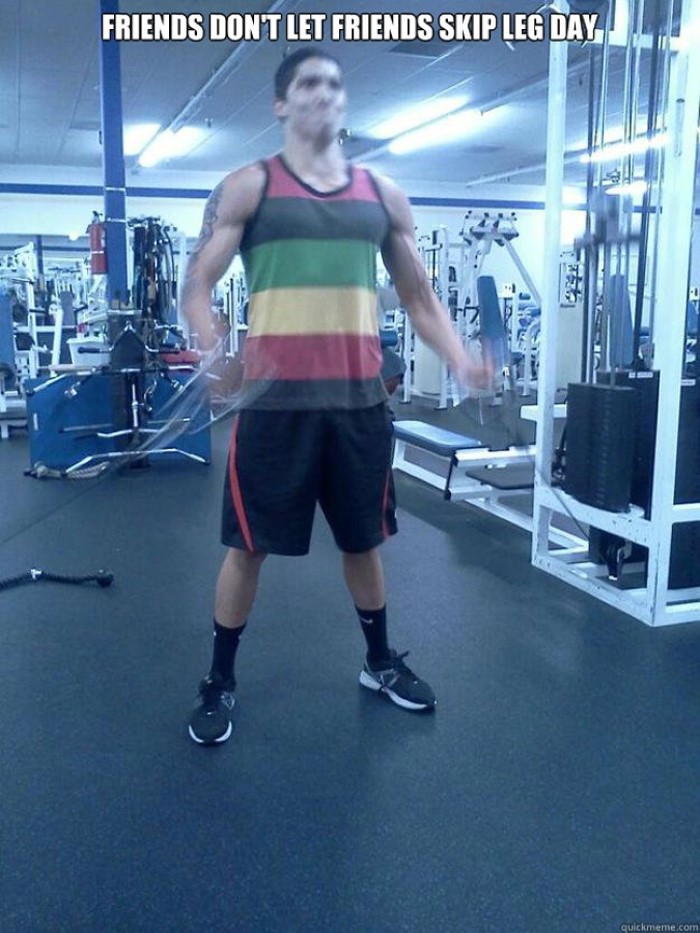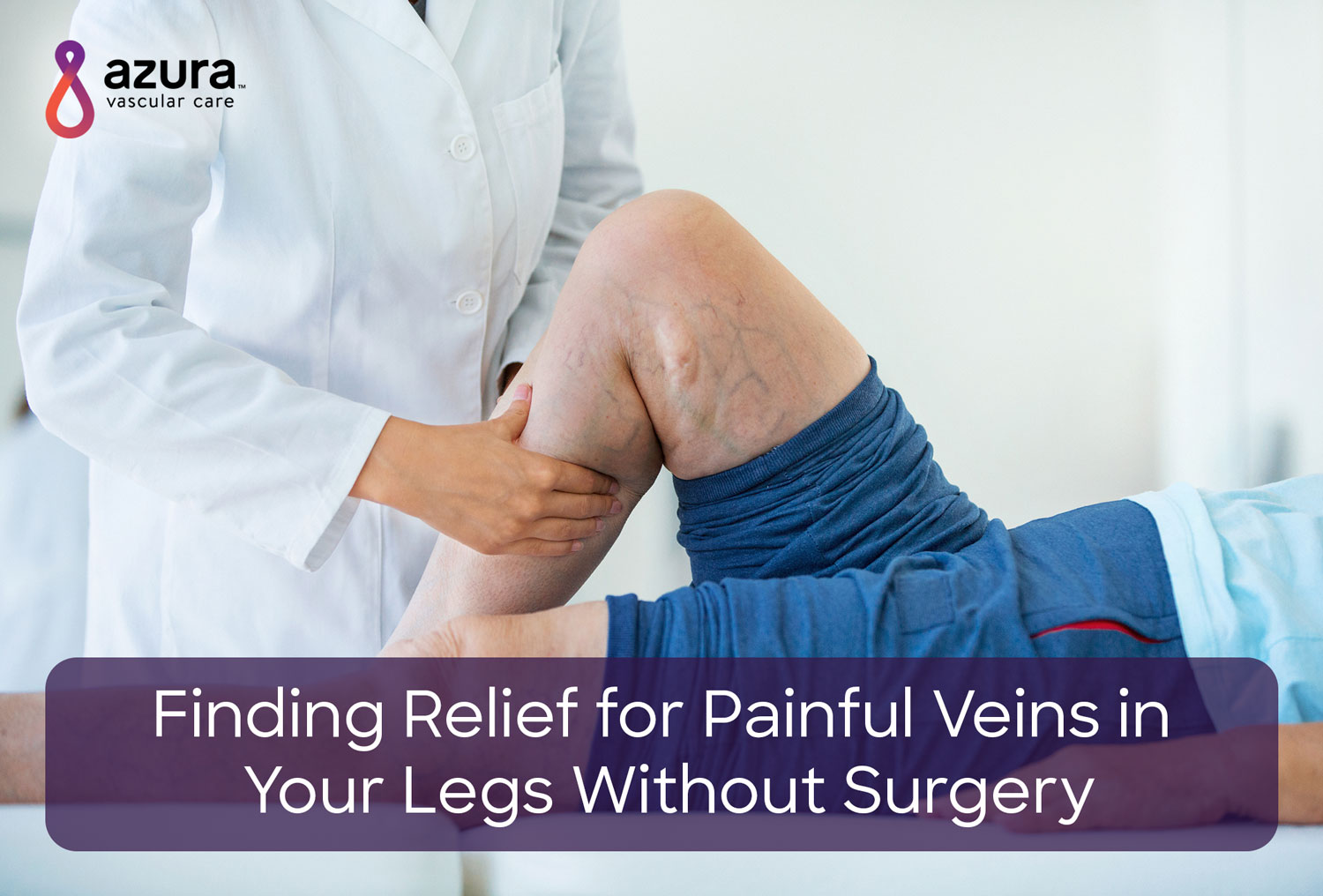
The patellar tendon attaches to this bone. Pain, swelling and tenderness of the bone (tibia) just below the kneecap. Children on a milk-free diet are at risk. Low calcium and vitamin D levels can cause minor bone pains. Most likely, they are due to running or playing hard. They usually occur on both sides, not one side. Growing pains usually occur in the calf or thigh muscles. These are often called growing pains (although they have nothing to do with growth). 10% of healthy children have harmless leg pains that come and go. Muscle pain can also be from a forgotten injury that occurred the day before. This type of pain can last several hours or up to 7 days. Examples are running or jumping too much. Constant leg pains are often from hard work or sports. They often respond to extra fluids and salt. Muscle cramps that occur during hard work or sports are called heat cramps. Foot or leg cramps may also awaken your child from sleep. Foot or calf muscles are especially prone to cramps that occur during sports. Brief pains (1 to 15 minutes) are often due to muscle spasms (cramps). Muscle spasms (cramps) and strained muscles (overuse) account for most leg pain.

To reclaim what you might have lost due to inactivity, experts recommend starting out with 30 minutes of physical activity per day for five days a week. Without exercise, you may also miss out on the mood-boosting benefit of endorphins! You might feel like you're in a fog or just otherwise tired, unmotivated, stressed or down.Ĭlearly, physical inactivity can wreak havoc on your health - but you can reverse the effects by staying active! In fact, research that was published in the journal Circulation suggests that even if you're in your 50s or 60s and have been inactive all your life, you can reverse the negative effects of a sedentary lifestyle with just two years of regular exercise. The increase forces your bones to carry extra weight and puts more pressure on your lungs and heart to supply blood and oxygen throughout your body. Over time, those extra pounds can cause many problems throughout your body. This can lead to weight gain as soon as 14 days (or earlier) once you stop exercising, according to Men's Journal. After all, the muscles aren't working hard enough to burn away calories. They've essentially gotten big for no reason, so they shrink back down to what they were before.Īs muscle cells get smaller, fat cells tend to get bigger. However, if you skip those future workouts, the muscles don't need the increased size and strength after all. That soreness, called delayed onset muscle soreness (DOMS), occurs when the muscles heal and rebuild to prepare for future workouts. If you've ever woken up sore the morning after a tough workout, you've experienced this firsthand. When you exercise, you're essentially sending your muscles a message that they're needed in a new and different way, and the only way to satisfy that need is to grow bigger and stronger.

While rest days offer everyone a chance to relax and recharge, permanent sedentary living can negatively impact your health in many ways.

When you abruptly reduce your physical activity, your body undergoes some biological changes - both quickly and in the long term. Time and time again, research has proven the health benefits of exercise.īut you don't often hear about the effects of not exercising. Physical activity supports healthy bones, organs and mental health.


 0 kommentar(er)
0 kommentar(er)
